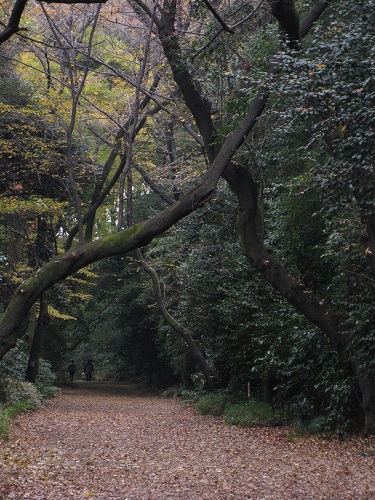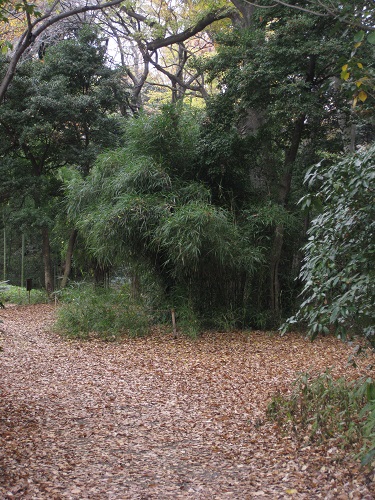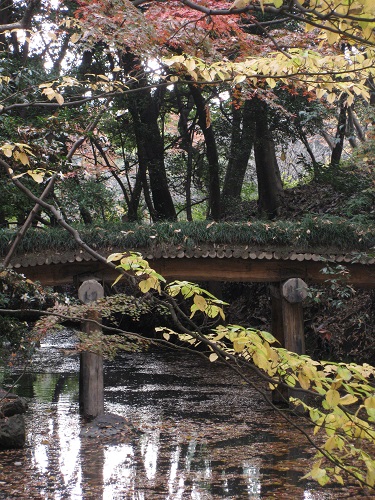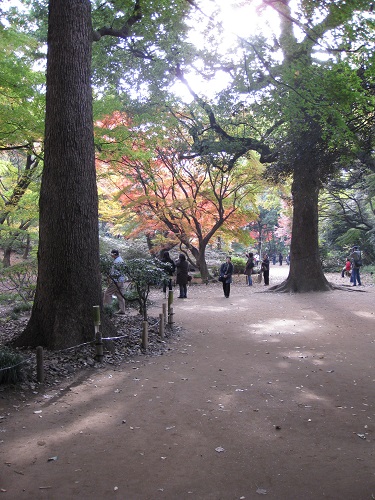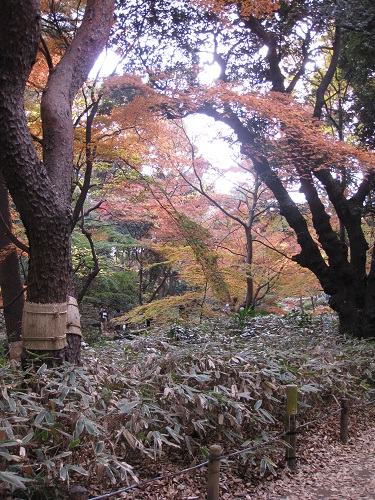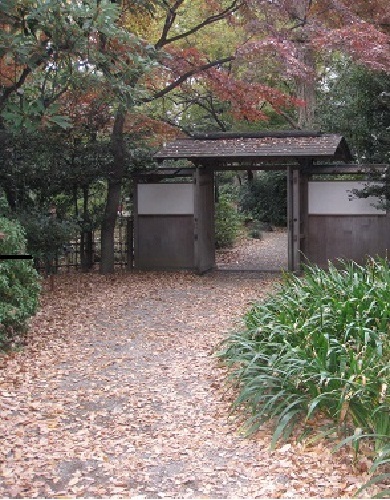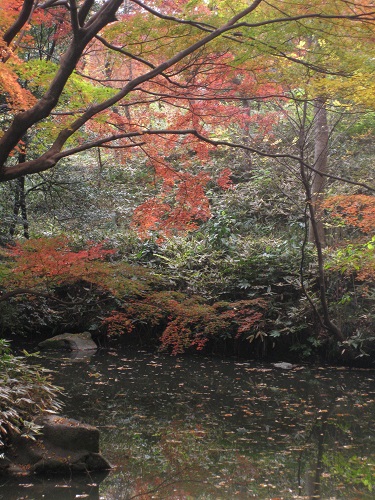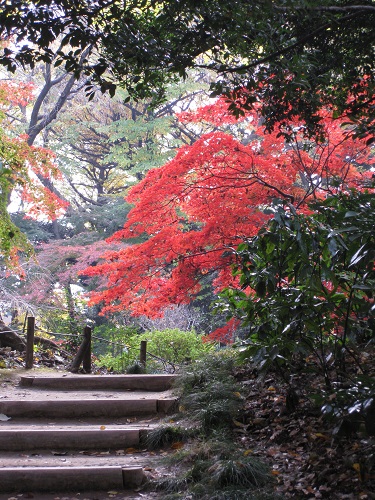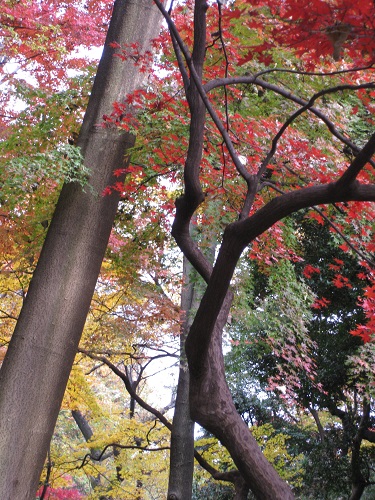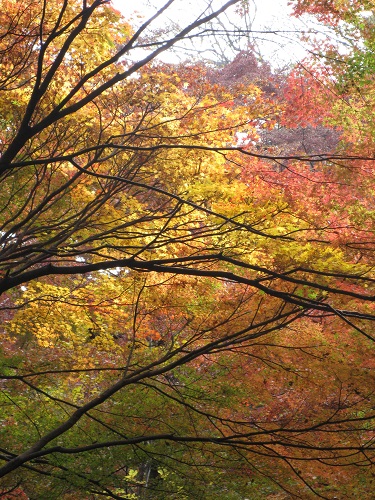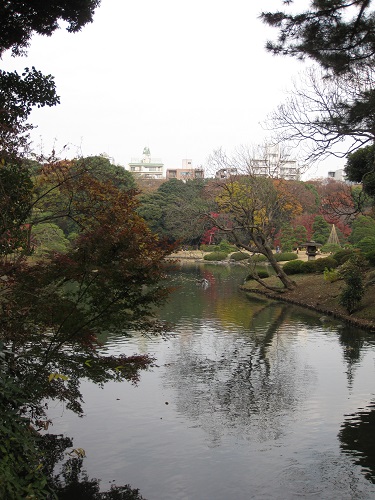For several weeks the incandescent leaves from Nikko to Korankei to Maizuru and throughout Kyoto have blazed as hotly as the autumnal sun on my back. Though I’ve learned to stop making the fish mouth, I still wince internally with the visceral stabs of beauty. Even so, I’m not prepared for Rikugien in Tokyo’s Sugamo neighbourhood on this overcast day.
The guidebook calls it “a special scenic spot,” but every little place in Japan is famous or special for something—though often no one in the next town or prefecture knows anything of its fame.
Inevitably, when Japanese friends ask what I have seen during my travels and I excitedly describe a famous specialty or site I’ve recently discovered—especially one that isn’t in a tourist guidebook—their response is predictable. Puzzled eyes, a tilt of the head and “Wakarinai.” I don’t know it.
I’m not expecting much from this garden. I’m prepared for something that’s similar to many others. Sure, there will be nuances to set it apart, but it will also be more paths and more ponds and more autumn leaves.
Eventually glory has its fatigue factor. Especially now, after a wicked bout of food-poisoning that knocked me flat for nearly four days. After as many weeks moving around the country, stuff begins to trigger indifference and ennui. Meh! The marvels which would have seemed fresh a month ago have met a best-before date.
Still, there’s nothing like serendipitous surprise to rattle a few not-so great expectations. Turns out that this strolling garden is renowned as “the garden of Japanese waka poetry” with 88 views as penned in ancient anthologies of poems. That alone puts it on another level.
Unlike many other Japanese gardens, Rikugien’s pathways are made of packed earth and not gravel. Here there is no crunch of footfall like a persistent ostinato. All human sound is muffled and ethereally distant. Only bird calls pierce the air which is rich with the fragrance of earth and fallen leaves.
Because the trees have already spent much of their foliage across the pathways, the colours of Rikugien are more muted, but enough flame to enchant flares against the sky.
As a result, the underlying architecture of the garden surges forward in bold strokes.
Blackened trunks and gnarled branches thrust and arch to underscore the rioting colour like strokes of a sumi-e master.
I shorten and slow my steps. I pause often to absorb everything. From the edge of the pond I notice distant buildings obscured by trees on the garden’s perimeter.
At this moment I want nothing more than to live in one of them and to stroll these pathways every day.

